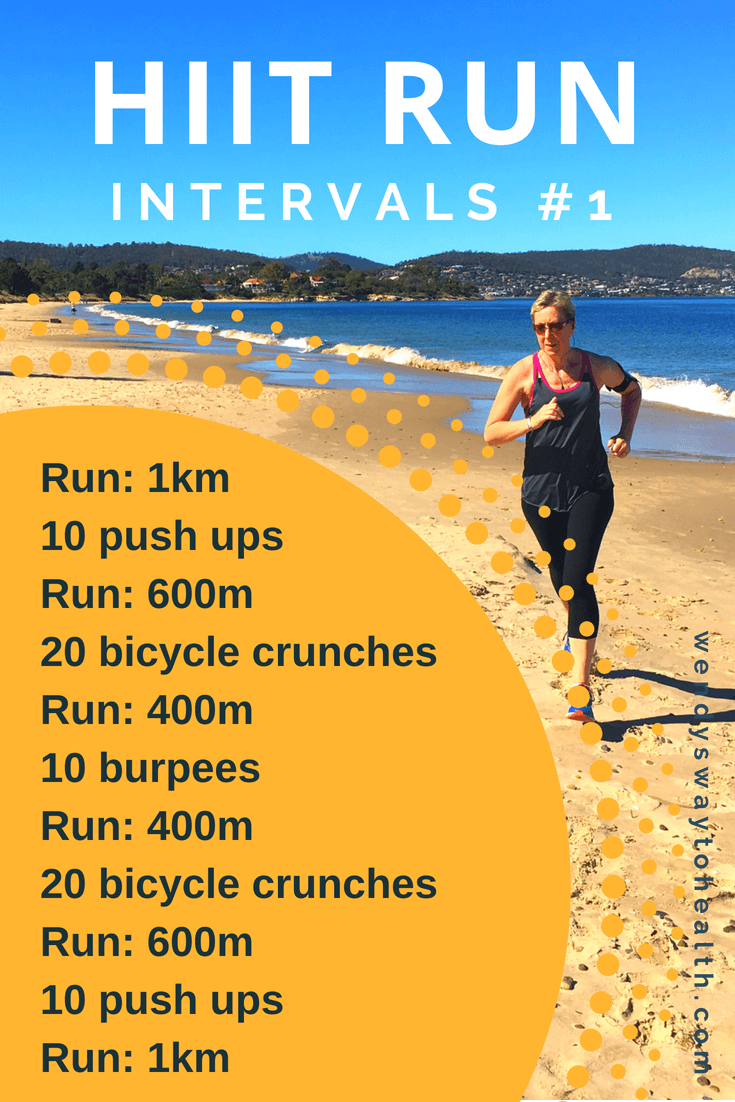Managing Usual Running Pains: Causes, Solutions, and Prevention
As runners, we commonly run into various pains that can hinder our performance and enjoyment of this exercise. From the incapacitating pain of shin splints to the irritating IT band disorder, these usual operating discomforts can be frustrating and demotivating. Understanding the causes behind these ailments is important in successfully resolving them. By checking out the origin factors for these operating discomforts, we can reveal targeted remedies and preventative measures to ensure a smoother and more fulfilling running experience (check this link).
Common Running Pain: Shin Splints
Shin splints, a typical running pain, typically result from overuse or improper footwear throughout exercise. This problem, clinically understood as medial tibial tension syndrome, manifests as discomfort along the internal edge of the shinbone (tibia) and is prevalent amongst professional athletes and runners. The repetitive tension on the shinbone and the tissues affixing the muscle mass to the bone results in inflammation and discomfort. Joggers who rapidly raise the strength or duration of their workouts, or those that have flat feet or improper running strategies, are especially vulnerable to shin splints.
To stop shin splints, individuals must progressively increase the intensity of their exercises, wear proper shoes with proper arch support, and preserve adaptability and strength in the muscle mass bordering the shin. If shin splints do take place, initial treatment entails remainder, ice, compression, and altitude (RICE) Additionally, integrating low-impact tasks like swimming or biking can aid maintain cardiovascular physical fitness while permitting the shins to recover. Persistent or severe cases may need clinical analysis and physical treatment for reliable monitoring.
Common Running Discomfort: IT Band Disorder
In enhancement to shin splints, one more common running pain that athletes frequently encounter is IT Band Syndrome, a problem created by swelling of the iliotibial band that runs along the outer thigh and knee. IT Band Disorder commonly shows up as pain on the outside of the knee, especially throughout tasks like running or cycling. The iliotibial band is a thick band of fascia that connects the aware of the shin, and when it becomes irritated or tight, it can rub versus the thigh bone, leading to pain and pain.
Runners experiencing IT Band Disorder may discover a painful or hurting sensation on the external knee, which can aggravate with continued task. Variables such as overuse, muscle mass imbalances, inappropriate running kind, or insufficient workout can add to the development of this problem. To avoid and reduce IT Band Disorder, runners ought to concentrate on stretching and reinforcing exercises for the hips and upper legs, proper shoes, gradual training development, and attending to any biomechanical problems that may be worsening the problem. Overlooking the signs of IT Band Disorder can result in persistent issues and extended recovery times, highlighting the importance of very early treatment and proper monitoring strategies.
Typical Running Discomfort: Plantar Fasciitis

Plantar Fasciitis can be credited to different variables such as overtraining, inappropriate shoes, running on difficult surface areas, or having high arches or flat visit homepage feet. To stop and relieve Plantar Fasciitis, joggers can include extending workouts for the calf bones and plantar fascia, put on helpful footwear, preserve a healthy weight to decrease strain on the feet, and gradually increase running strength to stay clear of abrupt stress and anxiety on the plantar fascia. If symptoms persist, it is recommended to speak with a healthcare professional for correct medical diagnosis and therapy choices to deal with the condition effectively.
Usual Running Pain: Runner's Knee
After attending to the difficulties of Plantar Fasciitis, another prevalent issue that joggers commonly deal with is Runner's Knee, a common running pain that can impede sports performance and create discomfort throughout exercise. Jogger's Knee, also called patellofemoral discomfort syndrome, manifests as discomfort around or behind the kneecap. This problem is usually credited to overuse, muscular tissue imbalances, improper running strategies, or issues with the alignment of the kneecap. Runners experiencing this pain may really feel a boring, hurting pain while running, rising or down stairways, or after prolonged durations of resting. To avoid Jogger's Knee, it is critical to incorporate correct workout and cool-down regimens, maintain solid and balanced leg muscular tissues, use proper footwear, and gradually raise running intensity. If signs and symptoms linger, consulting from a healthcare expert or a sports medication specialist is recommended to identify the underlying cause and develop a customized therapy plan to minimize the pain and avoid more difficulties.
Common Running Pain: Achilles Tendonitis
Generally afflicting runners, Achilles Tendonitis is an uncomfortable problem that affects the Achilles ligament, causing discomfort and prospective limitations in physical activity. The Achilles ligament is a thick band of cells that connects the calf bone muscular tissues to the heel bone, vital for tasks like running, jumping, and walking - more info here. Achilles Tendonitis usually develops due to overuse, incorrect footwear, inadequate extending, or unexpected rises in physical task
Signs And Symptoms of Achilles Tendonitis include discomfort and tightness along the ligament, particularly in the early morning or after periods of lack of exercise, swelling that worsens with activity, and perhaps bone spurs in chronic instances. To protect against Achilles Tendonitis, it is vital to stretch correctly previously and after running, put on ideal shoes with appropriate support, gradually enhance the strength of workout, and cross-train to minimize repetitive tension on the tendon. Treatment might entail rest, ice, compression, elevation (RICE method), physical therapy, orthotics, and in severe instances, surgical treatment. Early intervention and appropriate care are essential for managing Achilles Tendonitis successfully and stopping lasting issues.
Conclusion

Comments on “Master Your Running Workout: Effective Strategies for Success”